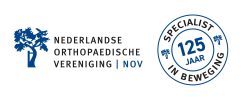Research Agenda
The Netherlands Orthopaedic Association (NOV), revised her Orthopaedic Research Agenda including her top priorities regarding Health Care Evaluation. In this new orthopaedic research agenda 2019-2022 we address unanswered questions. The focus is on addressing uncertainties about the effects of a treatment (healthcare evaluation) but also innovation is included.
Orthopaedics keeps people moving, from young to old, that is the mission of the Netherlands Orthopaedic Association (NOV). Based on this principle, the NOV encourages its members to provide orthopaedic care that is of excellent scientific quality, that is effective and that is offered with compassion. Furthermore, the NOV explicitly included in its strategic plan that orthopaedic care should be evaluated and developed further based on the outcomes of scientific research with an international appeal. In this context, the project “Health Care Evaluation Orthopaedics” was started to create an inventory of where evaluation of care is necessary in order to guarantee an even better quality of care for the patient based on scientific substantiation.
At the moment, many recommendations in guidelines have a low level of scientifically substantiated evidential value. As it is not always possible to substantiate all procedures with level I-II evidence-based methods, there is room for improvement from the patient’s perspective, which would clarify the added care value for him or her. The project “Health Care Evaluation Orthopaedics” resulted in an agenda prioritised unanswered questions from the daily practice of the patient and the orthopaedic surgeon. Scientific research is then the method to obtain answers to these questions. These scientific insights result in improved insights in the various diagnostic and treatment pathways, which enables the patient and the doctor to make a better choice.
For more information in English on the topic Health Care Evaluation in the Netherlands we recommend the Advisory Report Health Care evaluation – From project to process. A product of the Health Care Evaluation Steering committee 2016, Federation of Medical Specialists, The Netherlands.
We also published an English summary of the approach/methodology and our prioritised unanswered questions 2015-2018.
Would you like more information on the prioritised questions or are you interested in collaboration on one of the topics, please contact the research coordinator of the Netherlands Orthopaedic Association: CORE@orthopeden.org or call +31 (0)73 700 34 10
Health care evaluation questions
| Adolescent idiopathic scoliosis (AIS): is standard radiological follow-up necessary? If so, at which frequency? |
|
Prioritised 13x (10x NOV member, 3x patient representative)
|
| Reduced distal radius fractures: lower rates of secondary fracture dislocation following treatment with a circular cast than with a plaster splint? |
|
Prioritised 12x (10x NOV member, 2x stakeholder)
|
| Dislocations of the proximal interphalangeal joint: does functional follow-up treatment result in improved functioning and fewer symptoms than treatment with buddy tape? |
|
Prioritised 7x (5x NOV member, 1x patient representative, 1x stakeholder)
|
| Hip dysplasia (DDH): whether or not to use hip splinting treatment for children with mild Graf Type II hip dysplasia? |
|
Prioritised 23x (19x NOV member, 4x patient representative)
|
| Patients with a total hip prosthesis, 5 years after the operation: which frequency of clinical and/or radiological follow-up is required? |
|
Prioritised 6x (4x NOV member, 2x patient representative)
|
| Post-operative hip and knee prosthesis patients: which patients do/do not require thrombosis prophylaxis? |
|
Prioritised 34x (28x NOV member, 3x patient representative, 3x stakeholder) |
| Hip or knee prosthesis patients: does the return to work improve with a referral to the occupational health physician? |
|
Prioritised 19x (13x NOV member, 4x patient representative, 2x stakeholder)
|
| Symptomatic flat-footedness: what is the effect of an orthotic? |
|
Prioritised 13x (11x NOV member, 2x patient representative)
|
| Low-grade cartilage tumours: is surgery necessary or not? RCT: MRI wait-and-see versus surgery. |
|
Prioritised 10x (9x NOV member, 1x stakeholder) |
Innovation question
| Can we use pre-intervention patient characteristics for better prediction of what the intervention outcome will be, for example for: - patients who are eligible for treatment with hip/knee prosthesis; - patients with (various) degenerative spinal conditions. |
|
This question is a combination of three prioritised innovation questions:
These three separate questions are actually modules that form part of the question What is the predictability of outcomes following orthopaedic intervention? Collaboration with other initiatives in this field is required to answer such a broadly formulated question. Collaboration to increase methodological knowledge is important: for example, how can we use big data, machine learning or other AI-like applications efficiently and responsibly, together with the existing knowledge and algorithms that have already been developed? We can use this knowledge in the future for other high-priority questions. This will result in a scientific orthopaedic network, aimed at predictive research. In the ideal situation, we can add new modules in the future.
|

